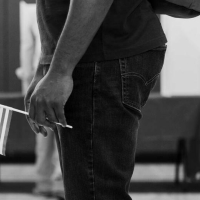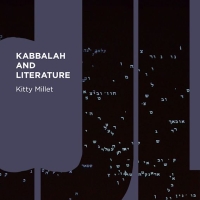Rachel Gross writes about the politics of nostalgia in Religion & Politics
"On January 20, after new Georgia Senator Jon Ossoff was sworn in, he tweeted that he had carried in his jacket pocket copies of the 1911 and 1913 manifests of ships on which his great-grandparents had arrived at Ellis Island. Ossoff’s photocopies were more than good luck charms. He used them as a religious artifact—“a totem,” as the Jewish Telegraphic Agency described it—that helped him reflect on his place in the world through an emotional connection to his heritage. His nostalgic relationship to his family history is in line with the way many Jews and other Americans tell stories about their place in the world.
In my new book Beyond the Synagogue: Jewish Nostalgia as Religious Practice, I examine the materials and institutions through which American Jews engage, promote, and teach nostalgia for the immigration of Ashkenazi Jews from Central and Eastern Europe to the United States at the turn of the twentieth century. This is the history of the majority—though certainly not all—of American Jewish families, including Ossoff’s. Nostalgia for the mainstream story of Eastern European origins and early-twentieth-century American Jewish immigrant experiences has become a prominent part of American Jewish religion from the 1970s to the present day. I look at case studies of the materials and institutions of Jewish genealogists, historic synagogues used as museums, children’s books and dolls, and artisanal delis and other Jewish food sites, and find that they are best understood as part of American Jewish religion. Just like many other religious activities, these practices of Jewish nostalgia teach individuals to place themselves in community-defined stories about the past and shared values."
Read the remainder of the story by Rachel Gross on the Religion & Politics website.
Tags

